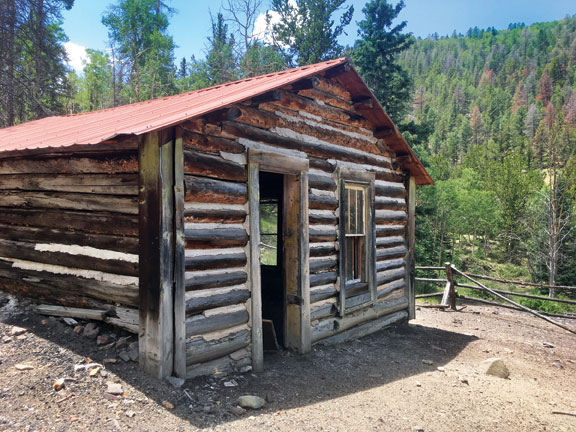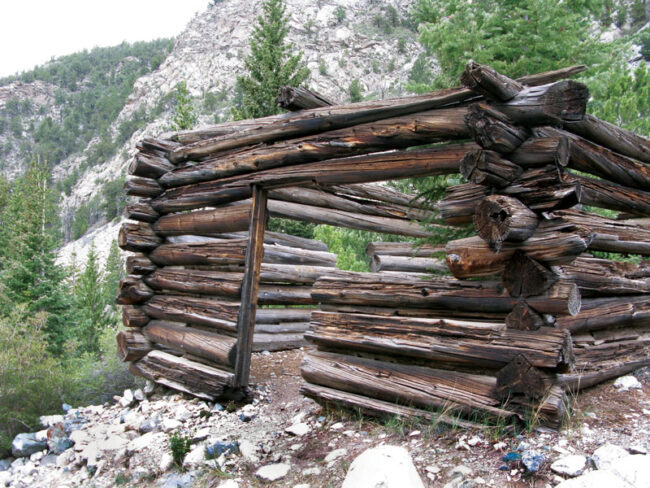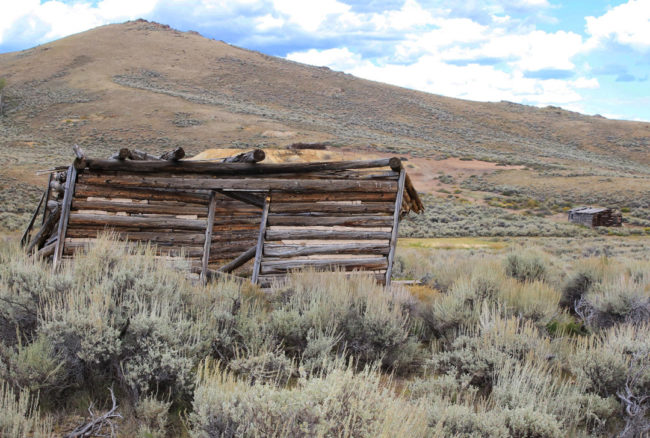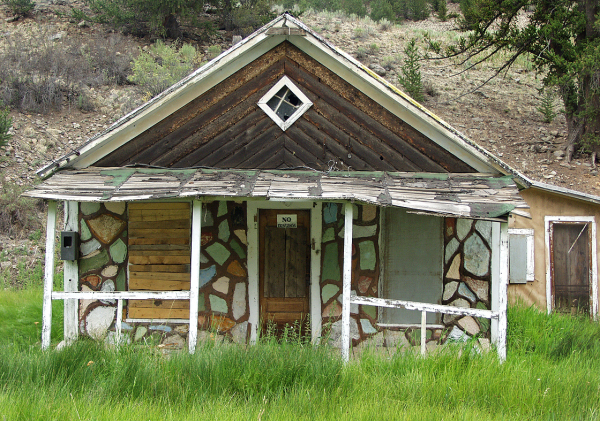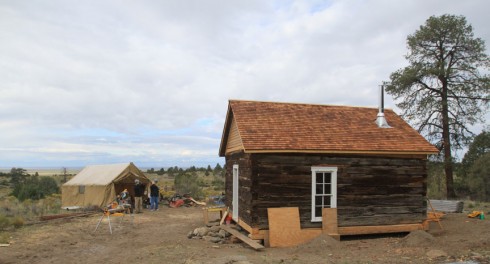By Mike Rosso Back in 1880, a Salida resident named Tom Cooke was searching for horses in the northwest mountains of the San Luis Valley. Instead, he found ore deposits which quickly gained interest from outsiders and within a year, the town of Bonanza City was founded and counted between 1,000 and 1,500 residents by 1882. (At the time, the population of mining towns was determined by the number of saloons and dance halls instead of a census taker). At its peak, the town had a newspaper, four smelters, two hotels, 36 saloons and seven dance halls (dancing and drinking seemed to be quite…

